3-Chloro-4-methylaniline
Synonym(s):3-Chloro-p-toluidine;3-Chloro-4-methylaniline;4-Amino-2-chlorotoluene
- CAS NO.:95-74-9
- Empirical Formula: C7H8ClN
- Molecular Weight: 141.6
- MDL number: MFCD00007773
- EINECS: 202-446-3
- SAFETY DATA SHEET (SDS)
- Update Date: 2024-12-18 14:15:32

What is 3-Chloro-4-methylaniline?
Chemical properties
brown solid
Chemical properties
The chloromethylanilines are colorless or white crystalline solids or liquids, some have a mild fishy odor.
The Uses of 3-Chloro-4-methylaniline
2-Chloro-4-aminotoluene has been used in the preparation of 2-chloro-4-cyanotoluene by Sandmeyer reaction with cuprous cyanide.
Definition
ChEBI: A monochloroaniline that is p-toluidine in which one of the hydrogens that is meta to the amino group is replaced by a chlorine.
General Description
Brown solid with a mild odor.
Air & Water Reactions
May be sensitive to prolonged exposure to air and light. Insoluble in water.
Reactivity Profile
3-Chloro-4-methylaniline may be sensitive to prolonged exposure to air and light. 3-Chloro-4-methylaniline may react with oxidizing agents. 3-Chloro-4-methylaniline is incompatible with acids, acid chlorides, acid anhydrides and chloroformates. 3-Chloro-4-methylaniline is also incompatible with reducing agents.
Fire Hazard
3-Chloro-4-methylaniline is combustible.
Safety Profile
Poison by ingestion, intravenous, and intraperitoneal routes. Mutation data reported. When heated to decomposition it emits toxic fumes of Cl and NOx. See also other chloro toluidme entries.
Potential Exposure
Most of the isomers are used in dyestuff manufacture. The 3-chloro-para isomer is used to kill birds. It is marketed as pelleted bait for control of bird populations.
Shipping
UN2239 Chlorotoluidines, solid, Hazard Class: 6.1; Labels: 6.1-Poisonous materials. UN3429 Chlorotoluidines, liquid, Hazard Class: 6.1; Labels: 6.1- Poisonous materials
Incompatibilities
Incompatible with oxidizers, strong acids; chloroformates, and acid anhydrides, isocyanates, aldehydes forming fire and explosive hazards.
Properties of 3-Chloro-4-methylaniline
| Melting point: | 25 °C |
| Boiling point: | 237-238 °C(lit.) |
| Density | 1.17 |
| vapor pressure | 4.973-8.666Pa at 25℃ |
| refractive index | n |
| Flash point: | 212 °F |
| storage temp. | 2-8°C |
| solubility | Chloroform, Methanol (Slightly) |
| pka | pK1: 4.05(+1) (25°C) |
| form | powder to lump to clear liquid |
| color | White or Colorless to Light orange to Yellow |
| Specific Gravity | 1.167 |
| Water Solubility | 1 g/L (20 ºC) |
| BRN | 636511 |
| Stability: | Stable. Combustible. Incompatible with strong oxidizing agents, acid chlorides, acids, acid anhydrides, chloroformates, reducing agents. |
| CAS DataBase Reference | 95-74-9(CAS DataBase Reference) |
| NIST Chemistry Reference | Benzenamine, 3-chloro-4-methyl-(95-74-9) |
| EPA Substance Registry System | 3-Chloro-4-methylaniline (95-74-9) |
Safety information for 3-Chloro-4-methylaniline
| Signal word | Danger |
| Pictogram(s) |
 Skull and Crossbones Acute Toxicity GHS06  Environment GHS09 |
| GHS Hazard Statements |
H315:Skin corrosion/irritation H317:Sensitisation, Skin H319:Serious eye damage/eye irritation H410:Hazardous to the aquatic environment, long-term hazard |
| Precautionary Statement Codes |
P273:Avoid release to the environment. P280:Wear protective gloves/protective clothing/eye protection/face protection. P305+P351+P338:IF IN EYES: Rinse cautiously with water for several minutes. Remove contact lenses, if present and easy to do. Continuerinsing. |
Computed Descriptors for 3-Chloro-4-methylaniline
3-Chloro-4-methylaniline manufacturer
New Products
Tert-butyl bis(2-chloroethyl)carbamate (S)-3-Aminobutanenitrile hydrochloride N-Boc-D-alaninol N-BOC-D/L-ALANINOL N-octanoyl benzotriazole 4-Hydrazinobenzoic acid 3,4-Dibenzyloxybenzaldehyde 1,1’-CARBONYLDIIMIDAZOLE R-2-BENZYLOXY PROPIONIC ACID 1,1’-CARBONYLDI (1,2-4 TRIAZOLE) 4-HYDROXY BENZYL ALCOHOL 3-NITRO-2-METHYL ANILINE (2-Hydroxyphenyl)acetonitrile 4-Bromopyrazole 5-BROMO-2CYANO PYRIDINE 5,6-Dimethoxyindanone 5-broMo-2-chloro-N-cyclopentylpyriMidin-4-aMine 4-methoxy-3,5-dinitropyridine 2-(Cyanocyclohexyl)acetic acid 2-aminopropyl benzoate hydrochloride 1-(4-(aminomethyl)benzyl)urea hydrochloride tert-butyl 4- (ureidomethyl)benzylcarbamate diethyl 2-(2-((tertbutoxycarbonyl)amino) ethyl)malonate Ethyl-2-chloro((4-methoxyphenyl)hydrazono)acetateRelated products of tetrahydrofuran
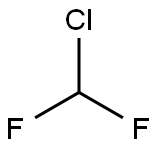
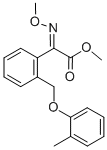
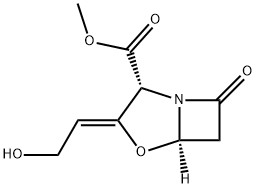




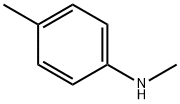
You may like
-
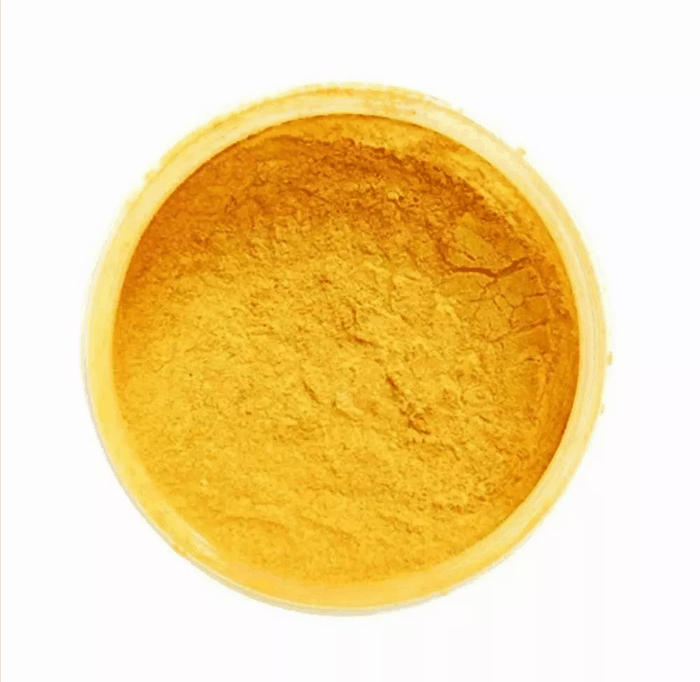 2 CHLORO 4 TOLUIDINE 99%View Details
2 CHLORO 4 TOLUIDINE 99%View Details -
 95-74-9 98%View Details
95-74-9 98%View Details
95-74-9 -
 95-74-9 98%View Details
95-74-9 98%View Details
95-74-9 -
 3-Chloro-4-methylaniline, 97% CAS 95-74-9View Details
3-Chloro-4-methylaniline, 97% CAS 95-74-9View Details
95-74-9 -
 3-Chloro-4-methylaniline CAS 95-74-9View Details
3-Chloro-4-methylaniline CAS 95-74-9View Details
95-74-9 -
 2-Chloro-4-aminotoluene CAS 95-74-9View Details
2-Chloro-4-aminotoluene CAS 95-74-9View Details
95-74-9 -
 N-Vinylformamide 99%View Details
N-Vinylformamide 99%View Details
13162-05-5 -
 2-ETHYLPYRIDINE 100-71-0 99%View Details
2-ETHYLPYRIDINE 100-71-0 99%View Details
100-71-0